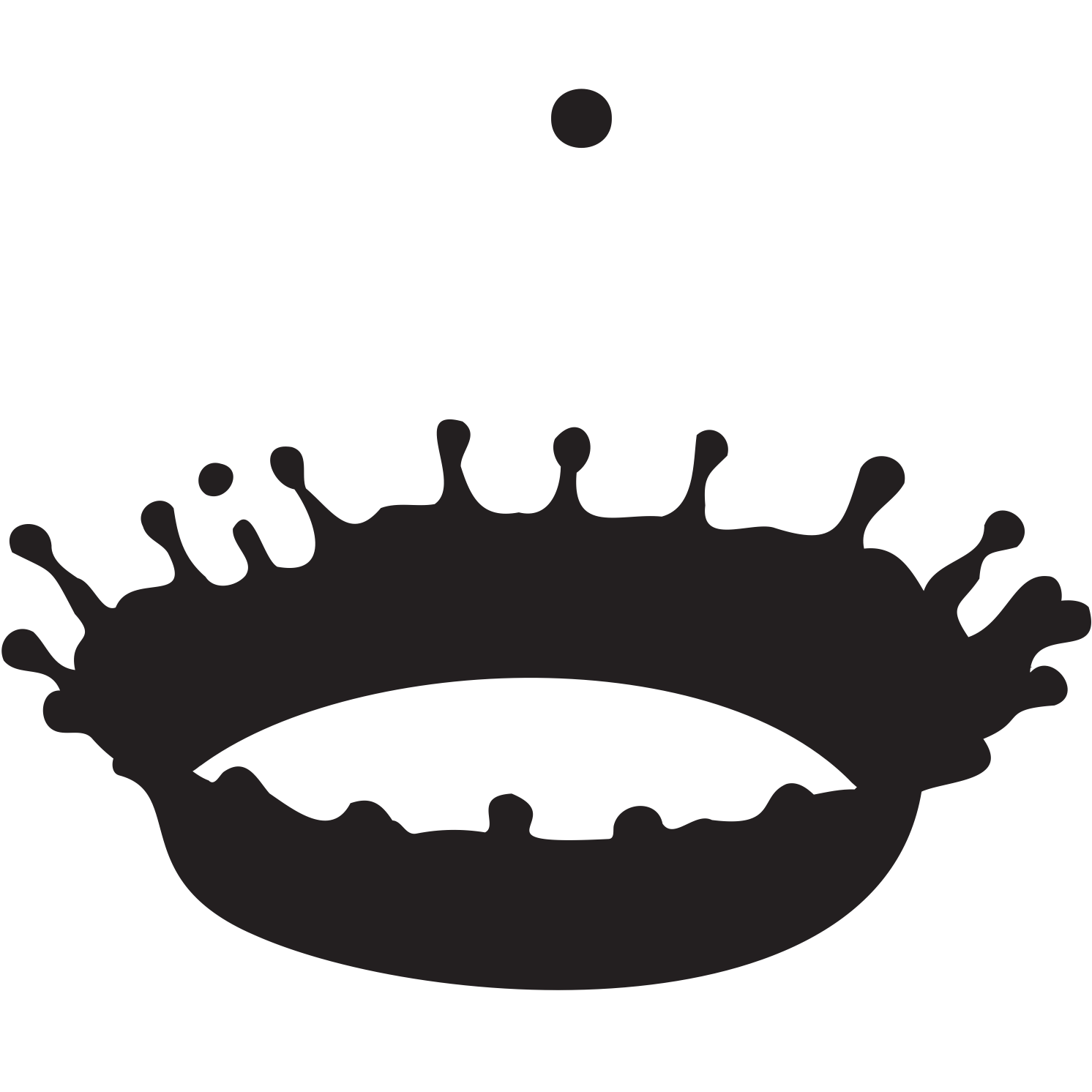The Art and Science of PCB Design is an introductory course into the fundamental aspects of developing electronic systems on printed circuit boards (PCBs). This course will heavily focus on providing hands-on labs with electronic design tools actively used in industry towards designing a primary course project resulting with the physical assembly of a PCB-based device. Students will gain experience in designing systems, conducting SPICE simulations, drawing schematics, and creating a PCB layout.
Manufacture a steel single speed bicycle frame, install parts, and ride it. Students will meet with D-Lab instructors for a required meeting in December to choose geometry. MIG welding training is a prerequisite and will not be taught as part of this course. One complete set of components needed to make the bike rideable will be provided.
For credit, 2 units. Five students only, undergrad or grad.
Students will each manufacture a functioning internal combustion engine. Advanced mill and lathe skills, both CNC and manual, will be taught and practiced. Previous milling or turning experience is good to have but not required. All materials and tools will be provided.
Very limited spaces.
Provides an introduction to the field of computational psychiatry from the perspective of technology platforms that can be applied to mental health and wellness. Identifies current needs and challenges informed by clinical practice, and reviews emerging technologies, including chatbots, social robots, wearable sensors, virtual reality, mobile phones, and digital phenotyping. Discusses related topics of privacy and ethical use. Students complete weekly written assignments as well as three design exercises over the course of the semester.
Provides an introduction to the field of computational psychiatry from the perspective of technology platforms that can be applied to mental health and wellness. Identifies current needs and challenges informed by clinical practice, and reviews emerging technologies, including chatbots, social robots, wearable sensors, virtual reality, mobile phones, and digital phenotyping. Discusses related topics of privacy and ethical use. Students complete weekly written assignments as well as three design exercises over the course of the semester.
Here, you’ll learn the application of electronic flash sources to measurement and photography. The first half of the course covers the fundamentals of photography and electronic flashes, including experiments on the application of electronic flash to photography, stroboscopy, motion analysis, and high-speed videography. Students write five extensive lab reports.





